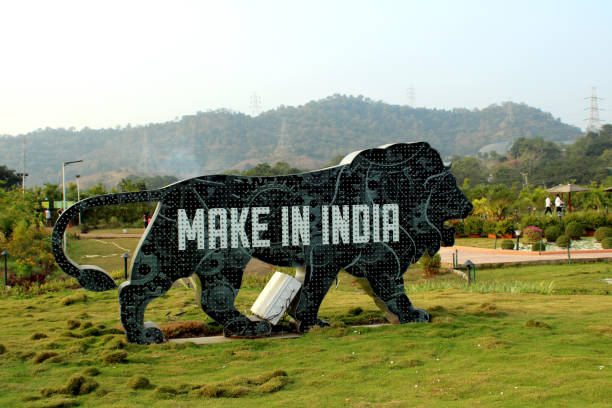Make in India: Has it Delivered?
A Look at the Achievements and Challenges of India's Manufacturing Push

Launched in 2014, the "Make in India" campaign sought to establish India as a major hub for global manufacturing. Although it has had a few successes, its overall success rate is inconsistent.
The challenges are as follows:
Missed targets: The initiative's main objectives, including creating 100 million manufacturing jobs by 2022 and raising the manufacturing sector's GDP share to 25% by 2022 (later lowered to 2025), have not been achieved.
Slow growth:Since 2014, the manufacturing sector's growth rate has averaged about 6%, which is less than the desired 12–14%. static share in GDP: Manufacturing's percentage of India's GDP has stayed static at about 17–18%, well below the 25% target.
Limited job creation: Manufacturing employment has not increased significantly in spite of the emphasis on job creation.

Achievements:
Foreign direct investment : has increased as a result of the effort, especially in industries like electronics, autos, and renewable energy.
Easier to do business: India has risen in the World Bank's Ease of Doing Business Index, which makes it simpler for companies to do business there.
Sectoral growth: Some industries have experienced notable expansion, like the production of mobile phones and renewable energy.
Emphasizes self-reliance: The program has encouraged self-reliance in manufacturing, especially in industries such as military.

Overall Evaluation:
The "Make in India" campaign has improved the ease of doing business and drawn foreign direct investment, among other elements of the Indian economy. Nevertheless, it has failed to meet its main objectives of creating jobs and expanding the manufacturing sector. Slow growth, a flat manufacturing percentage of GDP, and minimal job creation are some of the issues the effort has had to deal with.
The "Make in India" campaign has set the stage for future expansion in the manufacturing industry in spite of these obstacles. The government's sustained emphasis on infrastructure development, skill development, and policy reforms may contribute to the accomplishment of the initiative's long-term objectives.









































































































































































































